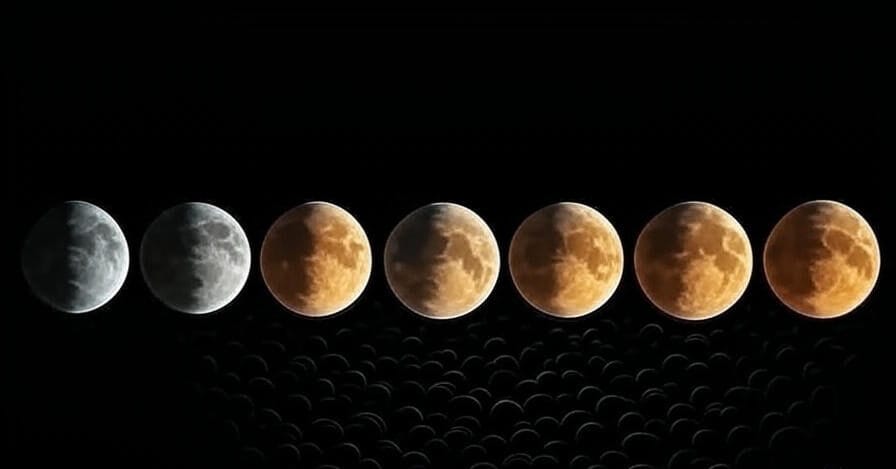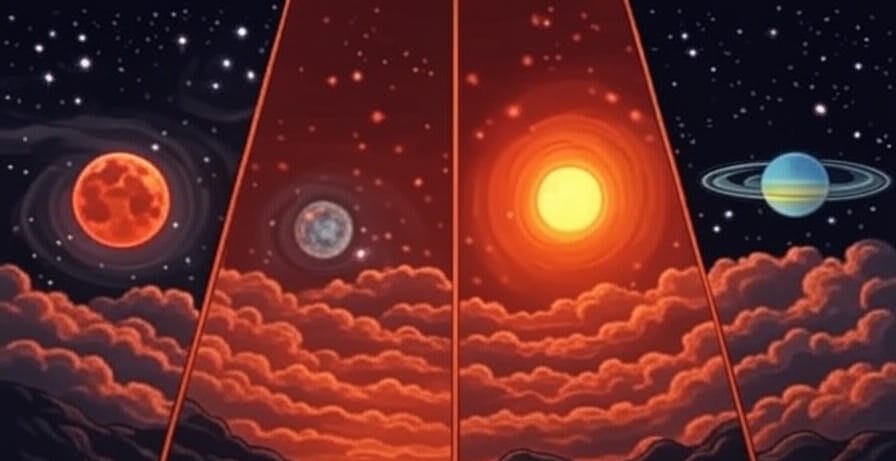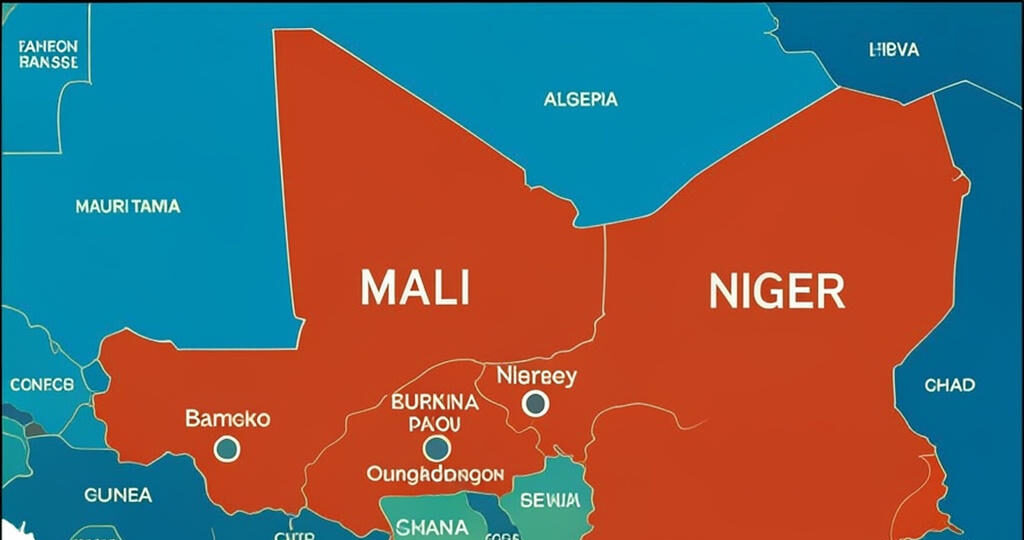
On the evening of September 7-8, 2025, a celestial masterpiece unfolded as a total lunar eclipse merged with the September full moon, known as the Harvest Glow. This extraordinary event, often termed a Blood Moon for its deep crimson shade, mesmerized observers across continents. It offered a rare blend of scientific marvel and cultural heritage, inviting people worldwide to pause and marvel at the cosmos. This blog delves into the mechanics, visibility, and profound significance of this astronomical phenomenon, crafted to inform and inspire.
Understanding the Celestial Mechanics
The Dynamics of a Total Lunar Eclipse
A total lunar eclipse transpires when Earth aligns precisely between the Sun and the Moon, casting a shadow that engulfs the lunar surface. As the Moon traverses Earth’s umbra—the darkest segment of its shadow—it takes on a vivid red hue. This coloration arises from sunlight passing through Earth’s atmosphere, which filters out shorter blue wavelengths and projects longer red ones onto the Moon, creating a striking, blood-like glow that captivates onlookers.
The Harvest Glow’s Historical Context
The Harvest Glow, the full moon of September, draws its name from ancient traditions tied to the agricultural cycle. It marks the season when crops like maize are gathered, symbolizing abundance and preparation. The fusion of this moon with a total lunar eclipse in 2025 elevated its significance, weaving together humanity’s agrarian roots with the precision of modern astronomy.
Global Visibility and Experience

Viewing Opportunities Across Continents
The 2025 lunar eclipse was visible across diverse regions, including the Americas, Europe, Africa, and parts of Asia. The event lasted for several hours and started with a partial eclipse as the Moon moved into Earth’s penumbra. It then reached a peak where the Moon fully covered the Sun, creating a total eclipse that lasted for 70 minutes.For North American viewers, the spectacle peaked in the early morning of September 8, while those in Europe and Africa witnessed it during the evening of September 7. Clear skies in many areas amplified the event’s accessibility.
A Universal Moment of Connection
- Universal Access: Lunar eclipses require no protective gear, enabling safe observation with the naked eye or simple optics.
- Global Unity: The event’s wide visibility fostered a shared experience across cultures and borders.
- Community Involvement: Observatories and local groups organized gatherings, enhancing public engagement.
Deeper Significance of the Event

Scientific Contributions
Lunar eclipses give us a chance to see some of the traits of Earth’s atmosphere.The red light cast onto the Moon during totality reveals insights into atmospheric composition, such as the presence of dust or aerosols. The 2025 eclipse, part of a sequence of four total eclipses over two years, offered scientists a chance to study long-term atmospheric trends. Additionally, it spurred research into lunar topography and orbital patterns, enriching our understanding of celestial mechanics.
Cultural and Symbolic Resonance
The Harvest Glow’s alignment with the Blood Moon carried deep cultural meaning. For many communities, the September moon signifies gratitude for nature’s bounty and readiness for seasonal shifts. Historically, lunar eclipses have inspired myths, often seen as omens or divine acts. The 2025 event bridged these ancient narratives with contemporary science, encouraging reflection on humanity’s evolving relationship with the stars.
Public Engagement and Lasting Impact
Fostering Wonder and Discovery
The 2025 eclipse sparked widespread enthusiasm, with observatories hosting viewing sessions and digital platforms sharing real-time updates. Social media became a canvas for global reactions, with users posting images of the Moon’s crimson transformation. Amateur astronomers noted subtle shifts in color, influenced by local atmospheric conditions, adding a personal dimension to the collective experience.
Advancing Astronomical Education
The event served as a catalyst for learning, with educational institutions offering resources on eclipse mechanics and cultural significance. Online guides and virtual streams made the event accessible to those hindered by weather or location. Its simplicity—no need for specialized tools—encouraged participation from all ages, igniting curiosity about the universe and fostering a deeper appreciation for astronomy.
A Vision for Future Skies
The Blood Moon and Harvest Glow of September 7-8, 2025, will endure as a moment when humanity looked skyward in unison, captivated by a cosmic dance. This event, blending the Harvest Glow’s agricultural roots with the Blood Moon’s dramatic allure, underscored the timeless connection between Earth and the cosmos. As future eclipses approach, they will continue to inspire awe, drive scientific inquiry, and remind us of our shared place in the universe. For those who witnessed it, the 2025 spectacle was a profound reminder of the sky’s power to unite and enchant.







